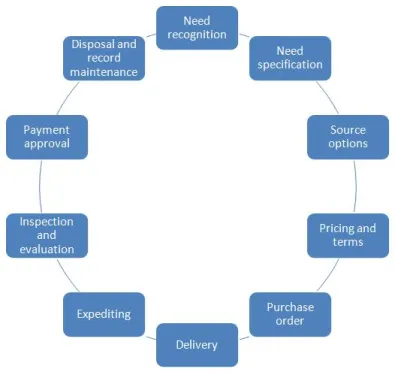The Role of Leadership in Driving Process Excellence
- donnariekepro
- Aug 28, 2024
- 3 min read
Operational excellence is the cornerstone of a successful business. It involves the continuous improvement of processes, systems, and operations to enhance efficiency, reduce costs, and deliver high-quality products or services. To achieve and sustain operational excellence, businesses must monitor and measure key metrics that provide insights into their performance. This blog outlines the top metrics that can help you measure and improve operational excellence in your organization.
1. Cycle Time
Cycle time refers to the total time it takes to complete a process from start to finish. This metric is crucial for understanding how efficiently your operations are running. A shorter cycle time often indicates more efficient processes, leading to faster delivery of products or services. By monitoring cycle time, you can identify bottlenecks and areas for improvement, allowing you to streamline operations and enhance overall efficiency.
How to Improve:
Implement process automation to reduce manual steps.
Optimize workflow design to eliminate unnecessary delays.
Regularly review and adjust processes to maintain efficiency.
2. First Pass Yield (FPY)
First Pass Yield measures the percentage of products or services that meet quality standards without requiring rework. This metric is essential for assessing the effectiveness of your processes in delivering quality outputs. A high FPY indicates that your processes are well-controlled and produce consistent results, while a low FPY suggests the need for process improvements to reduce defects and rework.
How to Improve:
Implement quality control checks at key stages of the process.
Train employees on best practices and standard operating procedures.
Analyze root causes of defects and address them promptly.
3. Overall Equipment Effectiveness (OEE)
Overall Equipment Effectiveness is a comprehensive metric that evaluates the performance of your manufacturing equipment. It considers three factors: availability, performance, and quality. OEE provides a clear picture of how effectively your equipment is being used, helping you identify areas where improvements can be made to maximize output.
How to Improve:
Schedule regular maintenance to minimize equipment downtime.
Invest in training for operators to ensure optimal use of equipment.
Monitor and address any issues that may affect equipment performance or quality.
4. Customer Satisfaction (CSAT)
Customer satisfaction is a critical metric for measuring operational excellence, as it directly reflects how well your operations are meeting customer expectations. High customer satisfaction indicates that your processes are aligned with customer needs, leading to repeat business and positive word-of-mouth.
How to Improve:
Gather feedback through surveys, reviews, and direct communication with customers.
Analyze customer complaints and implement corrective actions to address issues.
Continuously refine processes to enhance the customer experience.
5. On-Time Delivery (OTD)
On-Time Delivery measures the percentage of orders or services delivered on or before the promised date. This metric is vital for assessing the reliability and efficiency of your supply chain and operations. Consistently high OTD rates demonstrate that your processes are well-coordinated and capable of meeting customer demands in a timely manner.
How to Improve:
Improve supply chain coordination to ensure timely delivery of materials.
Implement project management tools to track and manage deadlines.
Identify and mitigate risks that could cause delays in the delivery process.
6. Cost of Quality (CoQ)
The Cost of Quality represents the total cost of ensuring that products or services meet quality standards, including prevention, appraisal, and failure costs. Monitoring CoQ helps you understand the financial impact of maintaining quality and identify opportunities to reduce costs without compromising quality.
How to Improve:
Invest in preventive measures to reduce the likelihood of defects.
Streamline quality assurance processes to minimize appraisal costs.
Address root causes of failures to reduce associated costs.
Conclusion
Measuring and improving operational excellence is a continuous journey that requires focus on the right metrics. By regularly monitoring cycle time, first pass yield, overall equipment effectiveness, customer satisfaction, on-time delivery, and cost of quality, your organization can identify areas for improvement and implement strategies to enhance efficiency, reduce costs, and deliver superior products or services. These metrics not only provide insights into your current performance but also guide your efforts toward achieving long-term operational excellence. SITES WE SUPPORT
SOCIAL LINKS




Comments